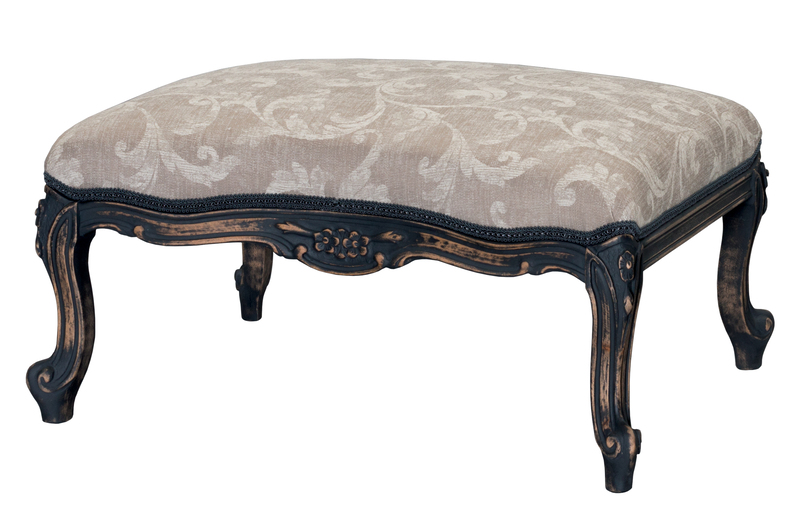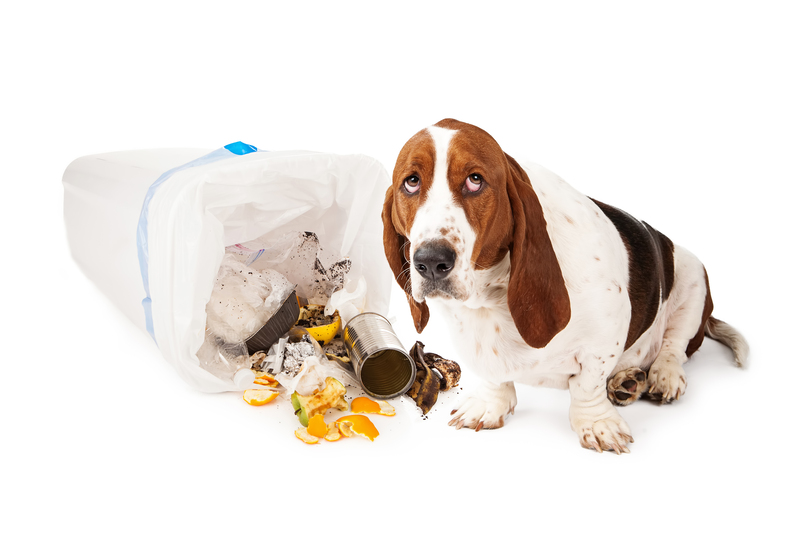Sustainable Living Through Creative Upcycling Solutions
In today's world, sustainable living is no longer just a buzzword--it has become a necessity for a healthier planet. As environmental concerns about pollution and waste continue to rise, people are increasingly seeking eco-friendly practices. One of the most effective and innovative methods emerging is upcycling. This article explores creative upcycling solutions for sustainable lifestyles, offering education, inspiration, and actionable tips for anyone eager to make a positive environmental impact.
Understanding Upcycling: What Is It?
Upcycling is the process of transforming waste materials, by-products, or unwanted products into new, useful, and higher-quality items. Unlike traditional recycling, which often breaks materials down, upcycling repurposes items by giving them second lives. This creative approach not only minimizes landfill waste but also conserves resources and reduces the demand for new products.
Why Is Upcycling Essential For Sustainable Living?
- Reduces landfill waste: By repurposing and reimagining "trash," less waste ends up in landfills.
- Conserves resources: Upcycling uses existing materials, reducing the demand for new raw resources.
- Minimizes energy consumption: Manufacturing new products consumes significantly more energy than upcycling old ones.
- Fosters creativity: Upcycling encourages innovation and problem-solving, helping people see new potential everywhere.
- Supports a circular economy: Items are kept in use for longer, supporting a looped supply chain rather than a linear one.
- Reduces carbon footprint: Extending the life of items means fewer manufacturing emissions are produced.

The Difference Between Recycling and Upcycling
Recycling and upcycling are both essential components of sustainable living, but they differ in significant ways:
- Recycling typically breaks down materials (like plastics or metals) to be reprocessed into new products, often of lesser quality (downcycling).
- Upcycling retains most of the material's integrity, creatively transforming it into something new and often more valuable.
By focusing on upcycling, we shift from waste management to waste prevention--an essential philosophy for sustainable living.
Benefits of Creative Upcycling Solutions
Embracing upcycling as part of your sustainable lifestyle yields numerous personal, environmental, and social benefits:
- Financial savings: Making new items from what you already have saves money.
- Personal expression and satisfaction: Crafting unique upcycled items is fulfilling and lets your creativity shine.
- Community engagement: Upcycling projects can bring people together through workshops and swap events, building stronger community bonds.
- Eco-friendly home and fashion: Upcycled decor and clothing make your personal style both unique and sustainable.
Creative Upcycling Solutions For Sustainable Habits
Let's explore actionable and creative upcycling ideas for adopting a more sustainable lifestyle. Try these solutions in your daily life:
1. Upcycling in Home Decor
- Furniture revival: Give old chairs, tables, or cabinets a new look with paint, decoupage, or reupholstery.
- Pallet projects: Turn discarded wooden pallets into bookshelves, coffee tables, or garden benches.
- Bottle lighting: Transform glass bottles into stylish lamps or pendant lights.
- Mason jar organizers: Use mason jars for bathroom or craft room storage, or as quirky planters.
2. Sustainable Living in Fashion Through Upcycling
- T-shirt transformations: Turn old shirts into tote bags, pillowcases, or headbands.
- Patches and embroidery: Decorate torn or stained clothing with unique patches and embroidery, extending their life.
- Denim reborn: Repurpose worn jeans into skirts, shorts, or backpacks.
3. Upcycling in the Kitchen
- Glass jars as storage: Store pantry items in repurposed jars for a plastic-free, organized kitchen.
- Compost bins from containers: Convert large plastic or metal containers into compost bins for food scraps.
- DIY cloth napkins: Cut old linens or t-shirts into reusable napkins to reduce paper waste.
4. Garden Upcycling Solutions
- Planters from old items: Use boots, tires, colanders, or teapots as whimsical plant containers.
- Raised beds from pallets: Repurpose wood for garden beds and compost bins.
- Bird feeders from bottles: Cut and paint plastic bottles for use as garden bird feeders.
DIY Projects: Step-By-Step Upcycling Inspiration
Turn Tin Cans Into Desk Organizers
- Clean and dry empty cans.
- Remove any sharp edges with a can opener or sandpaper.
- Paint or wrap with colorful paper or fabric.
- Label and use them to store pens, pencils, and office supplies.
Upcycle Worn-Out Shirts Into Tote Bags
- Lay the shirt flat and cut off the sleeves and neckline.
- Turn the shirt inside out and sew the bottom closed.
- Turn right side out--your tote is ready for the farmer's market!
Glass Bottle Herb Gardens
- Clean glass bottles and cut off the top portion (use a glass cutter for safety).
- Fill with soil and plant herbs like basil or mint.
- Arrange on a sunny windowsill for a year-round herb garden.
Making Upcycling A Lifestyle Choice
To truly benefit from creative upcycling, it's important to shift your mindset towards sustainable living practices. Here are some tips to incorporate innovative upcycling solutions into your everyday habits:
- View waste as a resource: Before discarding items, consider other potential uses.
- Buy second-hand: Thrift shops and online marketplaces offer unique pieces perfect for upcycling.
- Learn new skills: Workshops and online tutorials can teach sewing, woodworking, and crafts.
- Start small: Simple projects build confidence before you tackle bigger upcycling challenges.
- Share and inspire: Showcase your upcycling projects on social media to spread environmental awareness.
How Creative Upcycling Supports Community and Economy
Upcycling is not just an individual pursuit--it can build stronger, more sustainable communities. Creative upcycling initiatives include:
- Upcycled craft markets: Artisans and hobbyists sell upcycled goods, supporting local economies.
- Community workshops: Libraries, community centers, and schools often host upcycling workshops, encouraging hands-on learning.
- Donation and swap events: Swapping clothes and household goods foster sharing and reduce unnecessary purchases.
- Employment: Upcycling businesses create green jobs in design, manufacturing, and sales.
Innovative Upcycling Around the World
Many countries and cities are implementing large-scale upcycling initiatives for sustainable lifestyles. Here are some impressive examples:
- EcoBricks: Plastic bottles filled with non-recyclable plastic waste are used as building blocks for furniture, schools, and community centers around the globe.
- Repair cafes: In cities like Amsterdam and Toronto, people bring broken items to volunteer-run cafes for repair and upcycling rather than discarding them.
- Fashion upcycling: Brands like Patagonia and Stella McCartney emphasize upcycled collections made from post-consumer textiles.
- Upcycled art installations: Artists from South Africa to Japan use ocean plastics and scrap metal to create public art, raising environmental awareness.
Challenges and Considerations in Upcycling
Despite its numerous benefits, upcycling for sustainable living does come with certain challenges:
- Access to tools and space: Some upcycling projects require tools or workshop space not always available to everyone.
- Time and skill investment: High-quality upcycling can take time and skill; not everyone has the experience to attempt complex projects.
- Material limitations: Not all materials are suitable for upcycling due to contamination or safety risks.
However, with community support, online resources, and growing interest, these barriers are surmountable. The positive impact of upcycling far outweighs the challenges.

Future of Sustainable Living Through Upcycling
The future of sustainable living is bright, with creative upcycling at the forefront. As technology advances, new methods for upcycling waste (such as 3D printing with recycled plastics) will make it even easier to transform trash into treasure. Businesses, schools, and communities will deepen their commitment, and upcycling will become mainstream rather than niche.
The key is to embrace a mindset shift: every object holds potential. Through education, innovation, and community effort, we can reimagine our relationship with waste and make sustainable living a rewarding part of everyday life.
Conclusion: Start Your Creative Upcycling Journey Today!
Creative upcycling is more than an eco-trend--it is a vital solution for responsible, sustainable living. From simple home projects to global innovations, upcycling gives waste materials new purpose, helping preserve the environment and reviving our connection to the things we use.
Challenge yourself: the next time you're about to throw something away, pause and imagine how it could be transformed. Adopt small, creative upcycling solutions in your daily routine. Share your upcycling success stories to inspire friends, family, and your community.
Together, these small actions make a big difference. Let's build a greener future through creative upcycling--and make sustainable living a lifelong adventure!